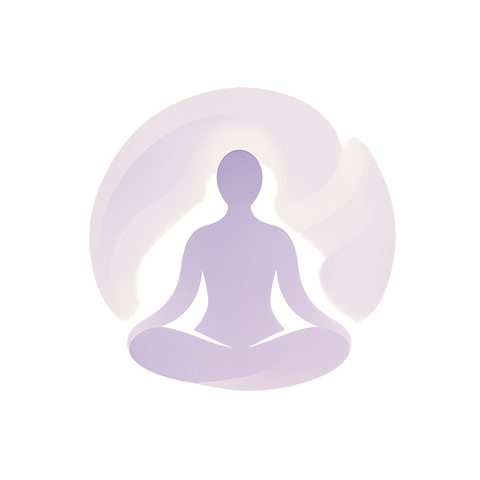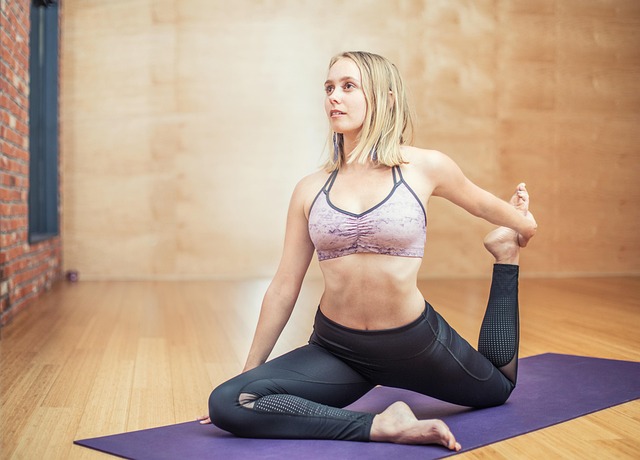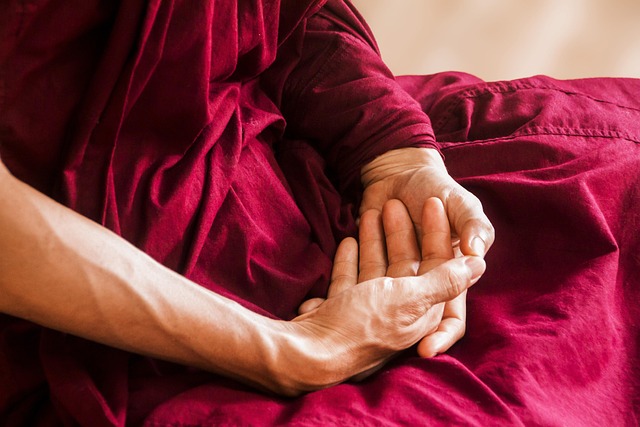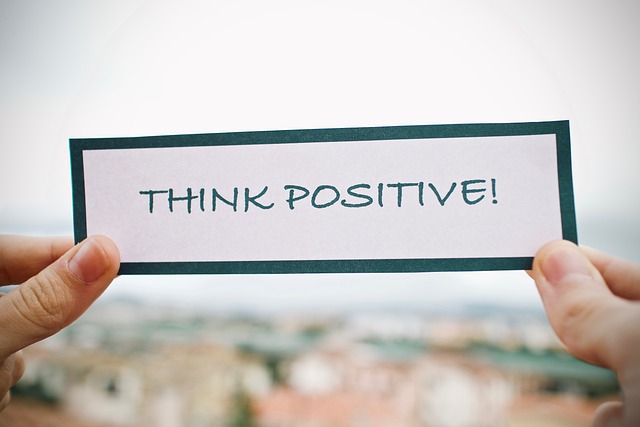In a world that moves at a relentless pace, the body often becomes a silent witness to stress, anxiety, and the relentless grind of daily life. Yet, there is a gentle yet powerful practice that reconnects movement with awareness, breathing, and intention: Meditative body movement. This practice, rooted in centuries of yogic, tai chi, and mindful walking traditions, offers a holistic path to nurture the soul, uplift spirituality, enhance self‑education, and promote radiant skin and mental clarity.
Understanding Meditative Body Movement
Meditative body movement is not about athletic prowess or competitive speed. It is a conscious choreography of the body that invites the mind to settle into a present‑moment awareness. Each gesture is paired with a breath, a focal point, or a mantra, creating a loop of intention that echoes through the nervous system.
- Breath as Anchor: Every inhale and exhale is a reminder that the body is alive. The breath calms the sympathetic nervous system and activates parasympathetic pathways.
- Movement as Mindfulness: Simple stretches or slow flows become a moving meditation, turning ordinary motion into a contemplative practice.
- Energy Flow: Traditional practices speak of “prana” or “qi” – subtle life force that circulates through meridians. Moving mindfully encourages balanced energy distribution, benefiting both body and spirit.
The Soulful Connection
At its core, meditative body movement nurtures the soul by offering a space where the body’s sensations can be felt deeply without judgment. The practice invites an exploration of internal landscapes, allowing practitioners to surface suppressed emotions and transform them into fluid, energetic release.
“When the body moves, the soul follows. The quiet in movement is the voice of the heart.” – Anonymous
Spirituality Through Motion
Many traditions recognize that physical movement is a pathway to spiritual awakening. The rhythm of a slow flow can align with the rhythm of the heart, creating a symphony that resonates with the deeper layers of consciousness. Below are three ways meditative body movement cultivates spiritual growth:
- Intentional Presence: By focusing on the present moment, practitioners dissolve the ego’s narrative, allowing a sense of oneness with the body and environment.
- Energy Alignment: Moving through chakras or meridians helps balance energetic centers, fostering clarity and compassion.
- Self‑Reflection: The gentle hum of movement becomes a mirror, reflecting inner states and guiding personal transformation.
Self‑Education: A Body‑Mind Library
Self‑education is no longer confined to books or lectures. Meditative body movement offers a living laboratory where the body learns, remembers, and adapts:
- Neuroplasticity: Repeated mindful sequences strengthen neural pathways that support calm, focus, and emotional regulation.
- Somatic Wisdom: The body retains knowledge through proprioception. Movement teaches us to trust sensations, reducing reliance on verbal reasoning alone.
- Feedback Loop: As we notice how a posture feels, we adjust, creating a real‑time educational cycle that deepens self‑awareness.
Beauty and Skin Care: The Inner Glow
Beauty is often associated with external rituals, but the most radiant skin starts from within. Meditative body movement encourages blood flow, lymphatic drainage, and hormonal balance—all of which are vital for healthy skin.
Key benefits include:
- Enhanced Circulation: Movement stimulates capillaries, delivering oxygen and nutrients to skin cells.
- Stress Hormone Regulation: By lowering cortisol levels, the practice reduces breakouts and inflammatory responses.
- Hormonal Harmony: Regular mindful movement can help balance melatonin, progesterone, and estrogen, contributing to even skin tone and elasticity.
Practical Routine for Skin‑Friendly Movement
Integrate the following simple sequence into a daily routine to nurture both body and complexion:
- Begin with a 5‑minute seated breath awareness: inhale calm, exhale tension.
- Progress to gentle neck rolls and shoulder shrugs, focusing on muscle release.
- Incorporate a 3‑minute sun salutations sequence, aligning breath with each pose.
- End with a brief lying posture that opens the chest, allowing a deep exhale.
Mental Health: The Calm Within Chaos
Chronic stress, anxiety, and depressive symptoms are amplified by a fragmented nervous system. Meditative body movement provides a therapeutic bridge to re‑harmonize these pathways.
- Autonomic Regulation: Slow, rhythmic movement activates the vagus nerve, promoting relaxation.
- Emotional Catharsis: Physical expression can release stored emotional tension that may otherwise manifest as psychological distress.
- Resilience Building: Regular practice reinforces coping mechanisms, encouraging a mindset of persistence and adaptability.
Evidence From Science
Recent studies corroborate the mental health benefits of mindful movement:
- A 2022 randomized controlled trial showed that 20 minutes of tai chi three times a week reduced depressive symptoms by 30% compared to a control group.
- Neuroimaging research revealed increased gray matter density in the prefrontal cortex of participants practicing slow yoga flows for 12 weeks.
- Heart rate variability (HRV) measurements confirmed improved autonomic balance after a month of daily mindful walking.
Integrating Meditative Body Movement Into Daily Life
To truly experience the holistic benefits, the practice should be woven into daily habits rather than seen as a separate event.
- Morning Anchor: Start the day with a 10‑minute breath‑centered flow to set intention.
- Mid‑Day Reset: Use a short pause for walking meditation or gentle stretching during work breaks.
- Evening Reflection: End the day with a slow, grounding sequence that encourages rest and restorative sleep.
Even brief segments of 5–7 minutes accumulate significant benefits over time.
Common Pitfalls and How to Avoid Them
While the practice is accessible, some misconceptions can hinder progress:
- Believing movement must be intense or fast—emphasize quality over quantity.
- Neglecting breath—breath is the linchpin of meditative body movement.
- Forgetting to stay present—avoid letting thoughts drift into judgment or criticism.
Approach each session with curiosity, not performance anxiety.
Conclusion: A Journey of Self‑Discovery
Meditative body movement transcends the mere physical act; it is a catalyst for a deeper dialogue between body, mind, and spirit. By inviting breath, intention, and awareness into motion, the practice heals the soul, nurtures radiant skin, and steadies the mind against the storms of modern life. Whether practiced in solitude or community, in the quiet of a morning or the bustle of a midday pause, it offers a consistent, gentle pathway toward holistic well‑being.




